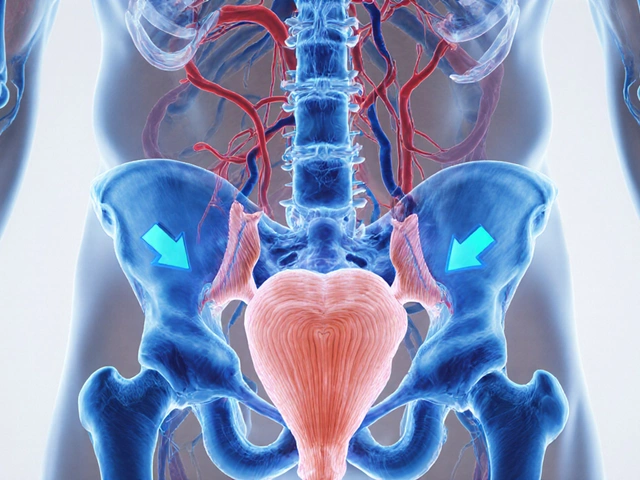migraine medication: what works, what to expect, and how to use them safely
If you suffer from migraine, the right medication can mean the difference between a day stuck in bed and a day you can actually enjoy. Below you’ll get the basics on the most common migraine drugs, how they act, and practical tips to keep side effects in check. No jargon, just straightforward advice you can act on.
acute migraine drugs – stop a headache fast
Acute meds are taken at the first sign of a migraine. They include triptans (like sumatriptan, rizatriptan), NSAIDs (ibuprofen, naproxen), and newer gepants (ubrogepant, rimegepant). Triptans narrow blood vessels and block pain signals, usually helping within an hour. NSAIDs reduce inflammation and work well for milder attacks. Gepants act on a different pathway and are a good option if triptans cause side effects. Take the tablet as soon as the aura or throbbing starts for the best chance of relief.
preventive migraine medication – keep attacks from coming
When migraines hit more than four times a month, doctors often suggest preventive meds. These are taken daily, even when you feel fine, to lower the number and severity of attacks. Common choices are beta‑blockers (propranolol), anticonvulsants (topiramate, valproate), and CGRP antibodies (erenumab, fremanezumab). Beta‑blockers calm the nervous system; anticonvulsants stabilize nerve firing; CGRP antibodies block a protein linked to migraine. It can take a few weeks to notice a drop in attacks, so patience and regular check‑ins with your doctor are key.
Side effects differ by drug class. Triptans may cause tingling or a feeling of tightness; NSAIDs can upset the stomach; gepants sometimes give mild nausea. Preventive meds may cause fatigue, dizziness, or weight changes. If anything feels off, talk to your prescriber – they can adjust the dose or switch you to a better‑tolerated option. Never stop a preventive drug abruptly without medical advice.
Beyond pills, lifestyle tweaks boost medication effectiveness. Keep a headache diary to spot triggers, stay hydrated, get regular sleep, and limit caffeine and alcohol. When you combine good habits with the right drug, you often need a lower dose, which reduces side‑effects.
On this tag page you’ll also find deeper dives into specific drugs, buying guides for online pharmacies, and safety tips for each medication. Bookmark the articles that match your prescription and use them as a quick reference when you need it. With the right knowledge, migraine medication becomes a tool you control, not a mystery you fear.






